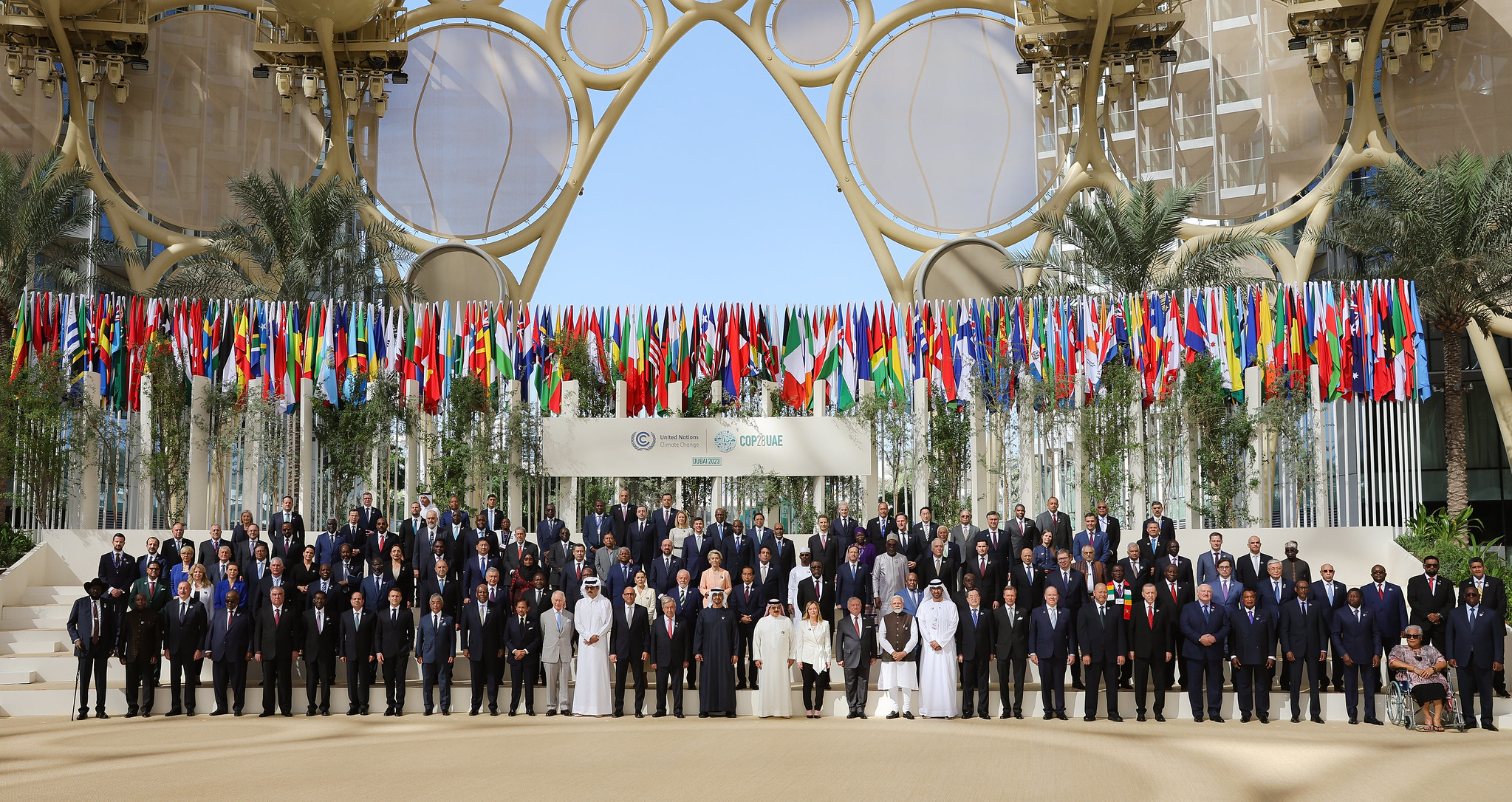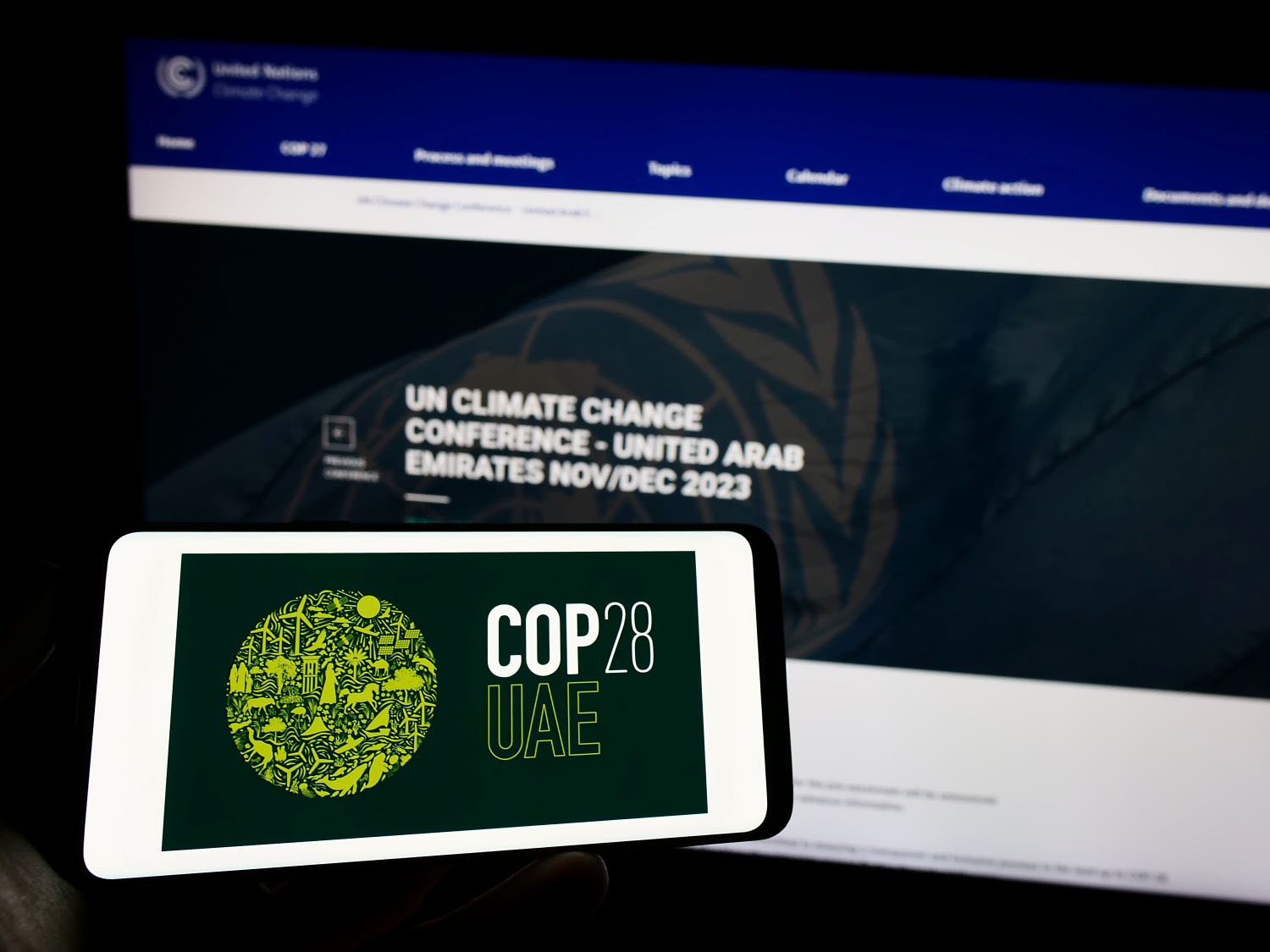This is a joint post with Beth Schwanke.
Some of us here at CGD have been practically giddy about President Obama’s Power Africa initiative announced on June 30 in Cape Town.
On a sub-continent where 600 million people don’t have regular access to electricity, an initiative that would bring electricity to 20 million households in six countries might feel like a drop in the proverbial unlit bucket, but it’s an exciting start—and one that could be amped up by the Electrify Africa Act of 2013.
But let’s be realistic: presidential initiatives on development have a discouraging recent history. Initiatives like PEPFAR and MCC with strong institutional homes, clear value-added, metrics of success, and bipartisan support from the Hill have lived well beyond the presidential launch and become hallmarks of US development efforts. Yet, those thrown to the Interagency wolves have usually died.
That’s why, beyond just cheering on the substance, here are the big process things we’ll be watching for to see if Power Africa is going to succeed or be just another showy announcement:
1. Who’s in charge? Partnership for Growth…Pakistan…Global Health Initiative…New Alliance for Food Security…Global Climate Change Initiative…anything at all involving interagency coordination. The record is pretty dire for USG multi-agency efforts without a clear leader and strong institutional home. It’s easy for initiatives to get sucked into the (w)hole-of-government vacuum and this is a big danger for Power Africa too, especially as key players like Mike Froman leave the White House. (And what happens if Gayle Smith moves?)
Power Africa is currently housed at USAID. We’re keen to see what Andrew Herscowitz and his colleagues can do. But USAID isn’t institutionally empowered to be an interagency driver of something that involves serious efforts from and coordination of multiple agencies—not to mention all of the private sector moving pieces. And if the coordinator is going to be based in Kenya, who is going to drive the Interagency in DC?
If we had our way, OPIC would get the employees and mandate it needs to be the lead agency with substantial support from NSS staff. OPIC has the expertise to drive these projects, can leverage private capital, and is better set up for Power Africa than a grant-making agency like USAID. But with just one employee on the continent and critical staffing restraints, it isn’t currently equipped to do so. (See here for some of Todd’s thoughts on how to strengthen OPIC in a budget-neutral way. And stay tuned for some expanded new work on this soon.)
2. Is this just a repackaging of existing projects + new buzzwords? Maybe. How many of these projects were already in the pipeline? If most of them, what’s the value added by Power Africa? Assuming Power Africa does involve principally new projects, with the right interagency structure (see #1) and some real effort on the private investment side ($9 billion and counting so far), this doesn’t need to be the kind of initiative that is just shiny PR.
3. How will the US involve the African Development Bank and other MDBs? No MDB gets a mention in the Power Africa fact sheet but AfDB is going to be very involved. AfDB’s financing, of course, is needed, but its technical assistance will also be necessary if most of these projects are going to succeed.
4. Will the administration seize or buck the Electrify Africa Act? Representatives Royce (R-CA), Engel (D-NY), Smith (R-NJ), and Bass (D-CA) have gift-wrapped a bill for the President that sets more ambitious electricity targets and gives OPIC the ability to help meet them. Let’s hope there’s some smart thinking in White House Leg Affairs about how to move forward with it.
CGD blog posts reflect the views of the authors, drawing on prior research and experience in their areas of expertise.
CGD is a nonpartisan, independent organization and does not take institutional positions.





